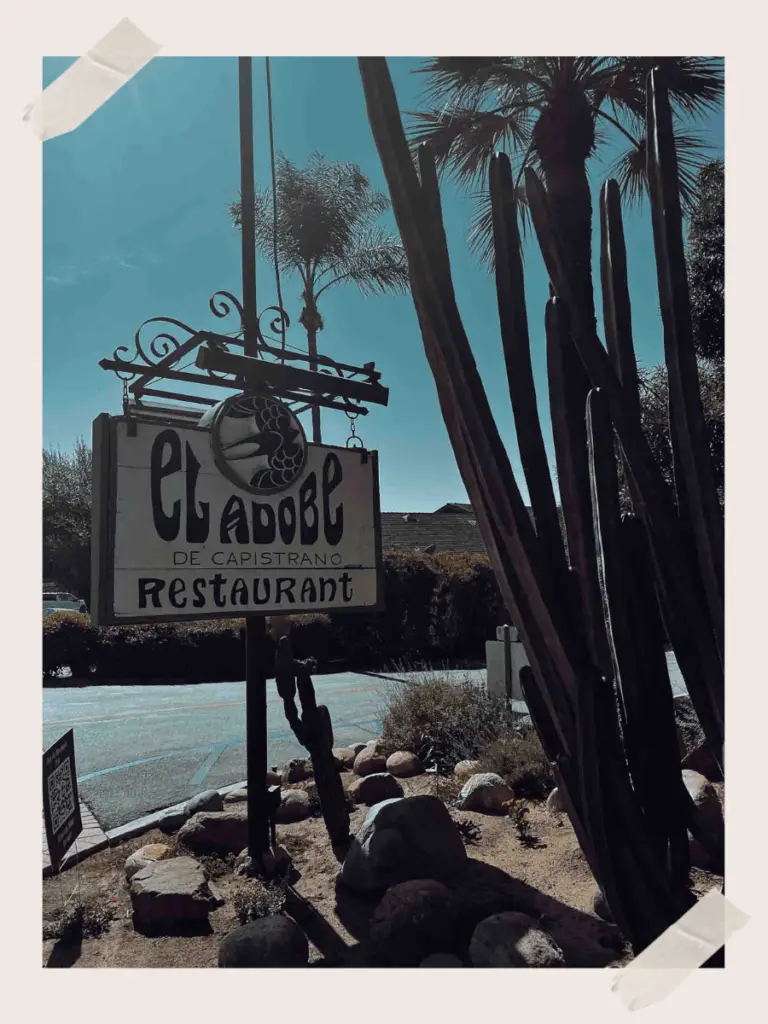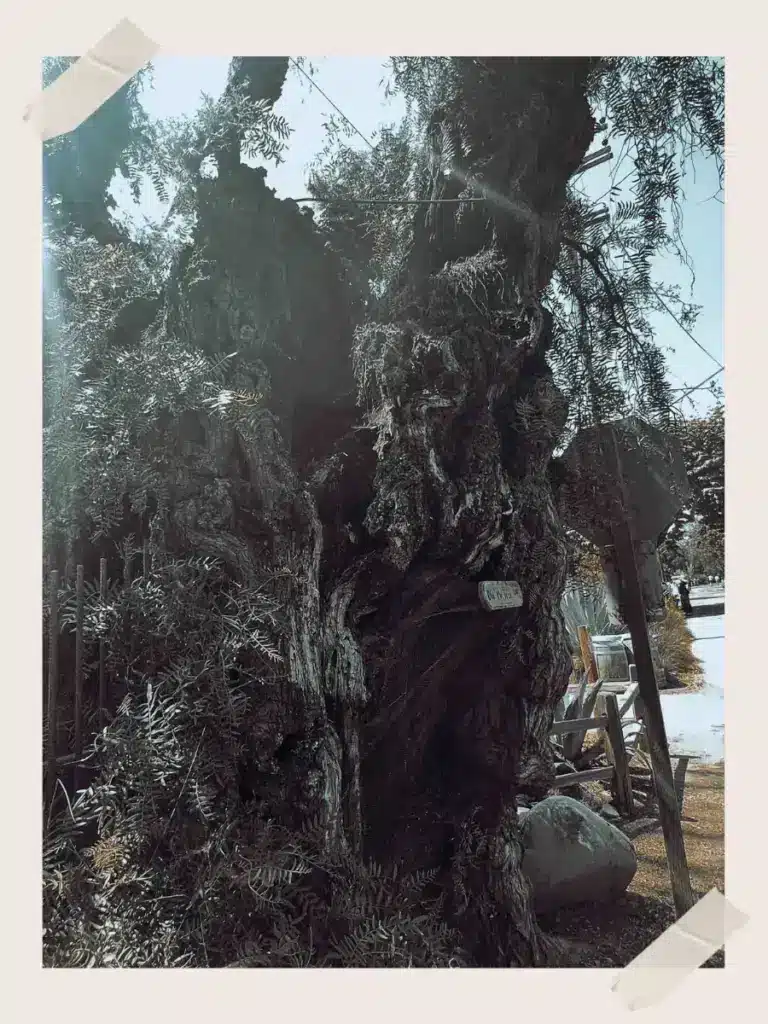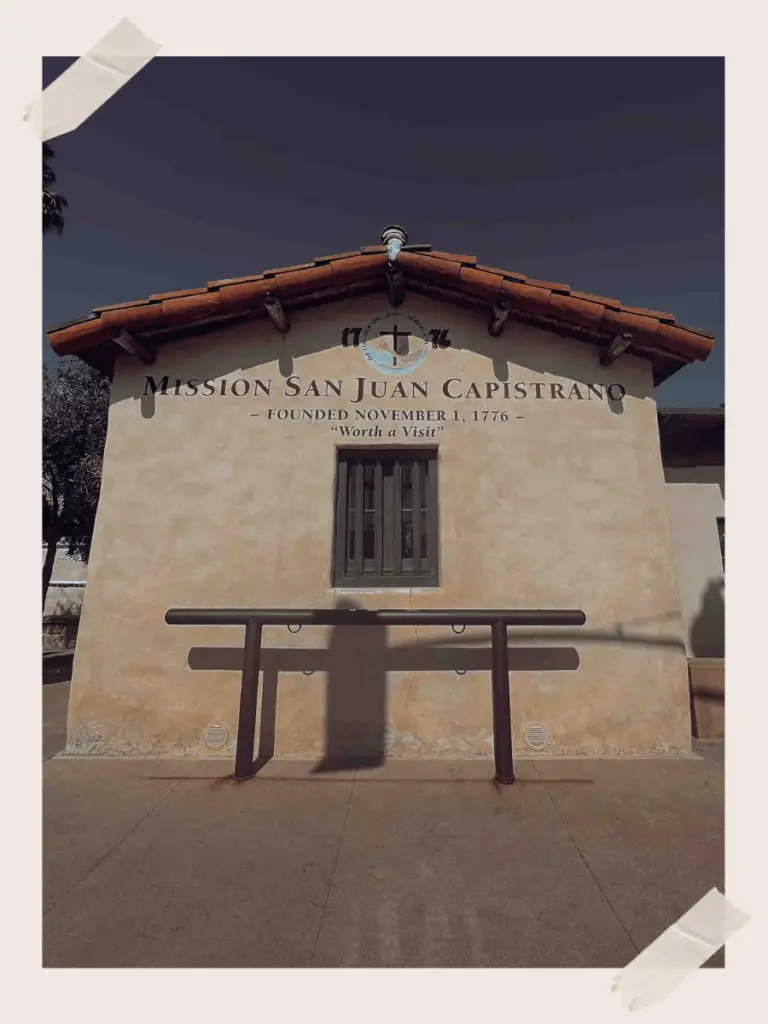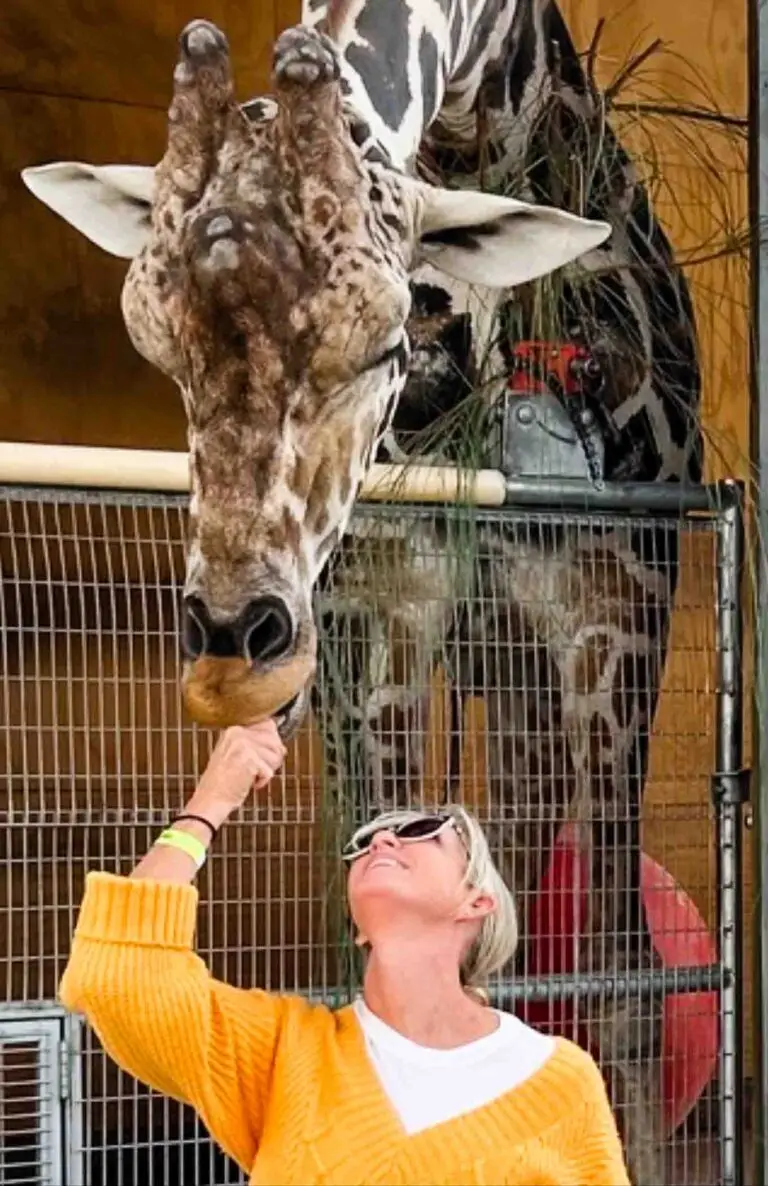

The Ghost Stories of San Juan Capistrano

San Juan Capistrano, a charming and historic town nestled in the heart of Southern California, is renowned for its picturesque mission, equestrian culture, and historic district. But beneath the surface of this idyllic destination lies a realm shrouded in mystery, where the whispers of the past echo through the centuries. Welcome to the intriguing world of ghost stories of San Juan Capistrano —a journey that will take you on a spine-tingling exploration of the supernatural. As you wander through the moonlit streets and explore centuries-old adobe buildings, you’ll encounter restless spirits, unfulfilled promises, and enigmatic apparitions that continue to haunt this timeless town.
The White Lady – Weeping on Los Rios Street

In the historic town of San Juan Capistrano, nestled among the centuries-old adobe buildings and the iconic mission, a ghostly presence has captured the imaginations of locals and visitors alike. She is known as the White Lady, a specter of beauty and sorrow who haunts the corridors of time.
The legend begins in the early 1800s when the town was a Spanish colonial outpost. The White Lady was said to be a young woman of exceptional grace and charm. Her raven-black hair cascaded down her back, and her eyes sparkled like the evening stars. She was the object of admiration for many a suitor, but her heart belonged to one: a dashing soldier named Diego.
Diego had pledged his love to the young woman beneath the branches of a beautiful pepper tree. Their love was the stuff of poetry, and their promise to marry was etched on the very bark of their beloved tree, hidden from the prying eyes of the world.
But fate can be a cruel mistress. A war broke out, and Diego was called to duty. Years passed, and the young woman, tormented by longing and despair, roamed the garden where that tree stood, in her wedding gown, her face as pale as the purest white rose. She was a phantom of unfulfilled dreams and a love that remained in limbo.
The White Lady’s ghostly presence was often seen beneath the moonlit branches, and the echoes of her mournful cries reverberated through the garden’s walls. She wept not only for herself but for all those whose love had been torn asunder by the cruelties of war.
Even after her death, the White Lady’s spirit remained tethered to Los Rios Street. Visitors have spoken of encountering her spectral figure in the moonlight, a forlorn and ethereal beauty wandering the streets, her weeping heard as a soft, melancholic melody on the evening breeze.
To this day, the White Lady of San Juan Capistrano continues her vigil, awaiting the return of her beloved Diego, a testament to the enduring power of love and the ghosts of promises unfulfilled. Her presence is a poignant reminder that in this historic town, the past is never truly gone, and love can transcend even the boundaries of life and death.
The Faceless Monk – Drifts the Grounds of Mission of San Juan Capistrano

In the moonlight’s silvery embrace, Mission San Juan Capistrano stood silent and imposing. Its adobe walls whispered tales of centuries past, echoing the history of one of California’s oldest missions. But among its hallowed halls, one story remained shrouded in darkness—the legend of the Faceless Monk.
The year was 1812, a time when the mission thrived, and the brothers of San Juan Capistrano went about their daily prayers and duties. Friar Antonio, a humble and kind-hearted monk, was known for his unwavering devotion to God and the people of San Juan.
One fateful night, the earth trembled, and the mission shook as if in the grip of some unseen demon. The devastating earthquake left the mission in ruins, the once-stalwart walls now crumbled and broken. Friar Antonio was among the unfortunate souls caught in the chaos.
The fires that followed raged mercilessly, and the mission was consumed by the inferno, leaving nothing but ashes and despair in its wake. As the smoke cleared, the mission’s residents searched for survivors and their beloved friar.
They found Friar Antonio’s body, charred and lifeless. His face, once serene and kind, had been horribly disfigured by the flames. The brothers decided to keep the tragic event a secret, fearing that the sight of their beloved friar’s ruined visage would trouble the faithful.
Yet, Friar Antonio’s spirit was not ready to depart from the mission he loved. In the dead of night, a spectral figure in a tattered robe began to wander the mission’s corridors and cloisters. This faceless monk was guided by a mournful presence, seeking to atone for an unearned and tortured death.
His footsteps were silent, his shadowy figure cast eerie reflections in the dim light of flickering candles. He was known to appear in the dead of night, praying for the souls lost in the disaster. The monks and residents heard his whispered prayers, but none dared to confront the ghastly specter.
As the years passed, the Faceless Monk’s presence became a part of the mission’s life, a guardian of the broken walls and a watcher of the living. Though his face was hidden, his soul was clear—a spirit seeking redemption, longing to protect the mission and its people.
And so, to this day, the Faceless Monk of Mission San Juan Capistrano is said to roam the quiet halls, his prayers a timeless requiem for the mission’s past and a hope for its future, a sentinel of the night, faceless but with a heart as luminous as the moonlight that bathes the mission in its silver glow.
The Headless Soldier – Roams the Mission of San Juan Capistrano

Amidst the venerable stone walls of Mission San Juan Capistrano, a tale of the supernatural endures—a tale of the Headless Soldier, a spectral guardian whose presence has been witnessed by those who dare to linger in the quiet hours of the night.
The story of the Headless Soldier harks back to the tumultuous times of early California. It was a time of change, when the mission was both a haven of faith and a garrison for the soldiers who protected it. Among these soldiers was a noble warrior known as Captain Esteban, a figure of unwavering courage and honor.
One fateful night, Captain Esteban stood guard near the mission’s garrison building, his gaze unwavering, as the mission and the town it watched over lay in a deep slumber. The night was silent, save for the occasional rustle of the wind through the centuries-old olive trees.
Suddenly, a band of marauding bandits descended upon the mission, seeking to plunder its sacred treasures. In a valiant effort to protect the mission, Captain Esteban confronted the outlaws, fighting bravely to defend the mission’s treasures.
But fate was not on the side of Captain Esteban that night. The leader of the bandits, a ruthless and cunning man, managed to strike a fatal blow to the gallant captain. As the sword came down, Captain Esteban’s head was severed from his body, and his spirit was abruptly torn from the living world.
The captain’s beheaded body lay still on the mission’s cobblestone courtyard, his blood seeping into the earth. And thus, the Headless Soldier came into existence—a loyal sentinel of the mission, now guarding it in the afterlife.
To this day, the ghostly figure of Captain Esteban, headless and clad in the uniform of a Spanish soldier, is said to stand guard near the garrison building. He walks the mission’s grounds, his spectral form a reminder of his dedication and sacrifice.
In the dark of night, his ghostly presence is seen by those who pass by, his hollow gaze fixed upon the mission, a vigilant protector even in death. The mission’s bells, which once tolled in his honor, now sometimes ring mysteriously in the night, their ethereal chimes a tribute to the Headless Soldier’s unwavering commitment to his sacred duty.
Those who have encountered the Headless Soldier speak of a sense of reverence and awe in his presence. He may be headless, but his spirit is whole and steadfast, ensuring that the mission remains safe and that its legacy endures for generations to come.
The Ghost of Denise Duprez – Wanders the Neighborhood of Belford Terrace

In the heart of San Juan Capistrano, a quiet neighborhood known as Belford Terrace holds a secret, a ghostly tale that has been whispered from one generation to the next. At the heart of this story is the ethereal presence of a young girl named Denise Duprez.
The Duprez family once called Belford Terrace home. Denise, a vivacious and curious child, was the joy of her family’s life. She lived with her parents in a charming Victorian-style house, a picture of domestic tranquility. But the world is not always kind, and tragedy can strike even in the most idyllic of settings.
One fateful night, a terrible fire broke out in the Duprez family home, quickly turning their haven into an inferno. The flames raged unchecked, leaving destruction and devastation in their wake. As the firefighters battled the blaze, it became painfully clear that young Denise was trapped inside.
Despite their heroic efforts, the flames proved insurmountable, and Denise perished within the inferno, her dreams and laughter forever silenced. The house itself was gutted, leaving only a haunting, charred shell.
The town mourned the loss of Denise, a girl who was taken from the world far too soon. But as the years passed, her presence was not forgotten. It is said that the spirit of Denise Duprez lingered in Belford Terrace, unable to move on from her childhood home.
The legend tells of the spectral figure of a young girl in a white dress, her hair cascading like ebony silk. Her ghostly laughter, like the tinkling of wind chimes, can be heard by those who walk the quiet streets at night. Denise Duprez is said to roam the neighborhood, seeking the adventures and experiences she was denied in life.
Many have reported encountering her ghostly presence, her footsteps echoing softly on the pavement. Some have glimpsed her as an apparition of pure innocence, her face forever etched with a childlike curiosity and wonder.
But what is most haunting about the legend of Denise Duprez is the sound of her childhood laughter that lingers in the air. On a still, moonlit night in Belford Terrace, the residents often say that her laughter can be heard in the gentle rustling of leaves and the wind’s soft caress.
Denise’s ghostly presence, while a reminder of a heartbreaking tragedy, has become a symbol of the enduring power of childhood innocence and the bittersweet longing for the life she never had the chance to live. She remains a part of the neighborhood’s soul, a guardian spirit of dreams unfulfilled, a comforting and gentle presence in the moonlit nights of Belford Terrace.
The Ghost of Joaquin Murrieta – Haunts the El Adobe Restaurant
In the heart of San Juan Capistrano, where the streets were once the dusty paths of early California, there stands a place known as El Adobe Restaurant. This adobe building, with its whitewashed walls and creaking wooden beams, was more than a place for dining, it was once the site of the original jail and court for the region; it held within its timeworn walls a tale of darkness and revenge. It was a story told in hushed whispers, of a man whose name was etched in infamy—Joaquin Murrieta.
Joaquin Murrieta was a notorious outlaw, a Robin Hood of the West, who terrorized the goldfields of California in the 1850s. The legends of his daring heists and audacious escapes were whispered around campfires and in the saloons of the time. But as his legend grew, so did the determination of the lawmen who sought to bring him to justice.
It was in San Juan Capistrano, in the adobe building that would become El Adobe Restaurant, where the final chapter of Joaquin Murrieta’s life played out. The law had finally caught up with the infamous outlaw, and they apprehended him. Murrieta was brought to trial, and the judgment was swift and harsh. He was sentenced to hang.
On that fateful day, a crowd gathered to witness the execution. The outlaw who had once struck fear into the hearts of many was now led to the gallows. The noose was tightened around his neck, and the trapdoor was released. Joaquin Murrieta’s life was extinguished, and his body swung lifelessly in the wind.
But the story doesn’t end there. After his execution, the authorities were determined to send a message. Joaquin Murrieta’s head was severed from his lifeless body, a gruesome trophy that would serve as a grim reminder to all who dared challenge the law.
The head was preserved in a jar, a macabre relic that became the stuff of legends. It was said that the head, despite its severed state, still carried the fierce, defiant spirit of Joaquin Murrieta. Some believed that it retained the power to seek revenge on those who had wronged him.
Over time, the jar containing Joaquin Murrieta’s head found its way to El Adobe Restaurant. It was displayed in a hidden chamber, a silent witness to the passing years. The adobe walls seemed to absorb the outlaw’s restless spirit, and tales began to circulate of strange occurrences within the restaurant. Objects moved on their own, the sound of ghostly footsteps echoed through the hallways, and diners reported glimpses of a shadowy figure, dressed in the attire of a bygone era.
While some dismissed these stories as mere superstition, others believed that the ghost of Joaquin Murrieta lingered within El Adobe Restaurant, seeking justice or revenge for his gruesome death.
And so, El Adobe Restaurant became not only a place for dining but a sanctuary for the restless spirit of an outlaw who had once defied the law. Joaquin Murrieta, even in death, remained a formidable presence, forever tied to the adobe building that bore witness to his final act of defiance.
DISCOVER YOUR NEXT
California Adventure.
Southern California
Central California
Northern California









